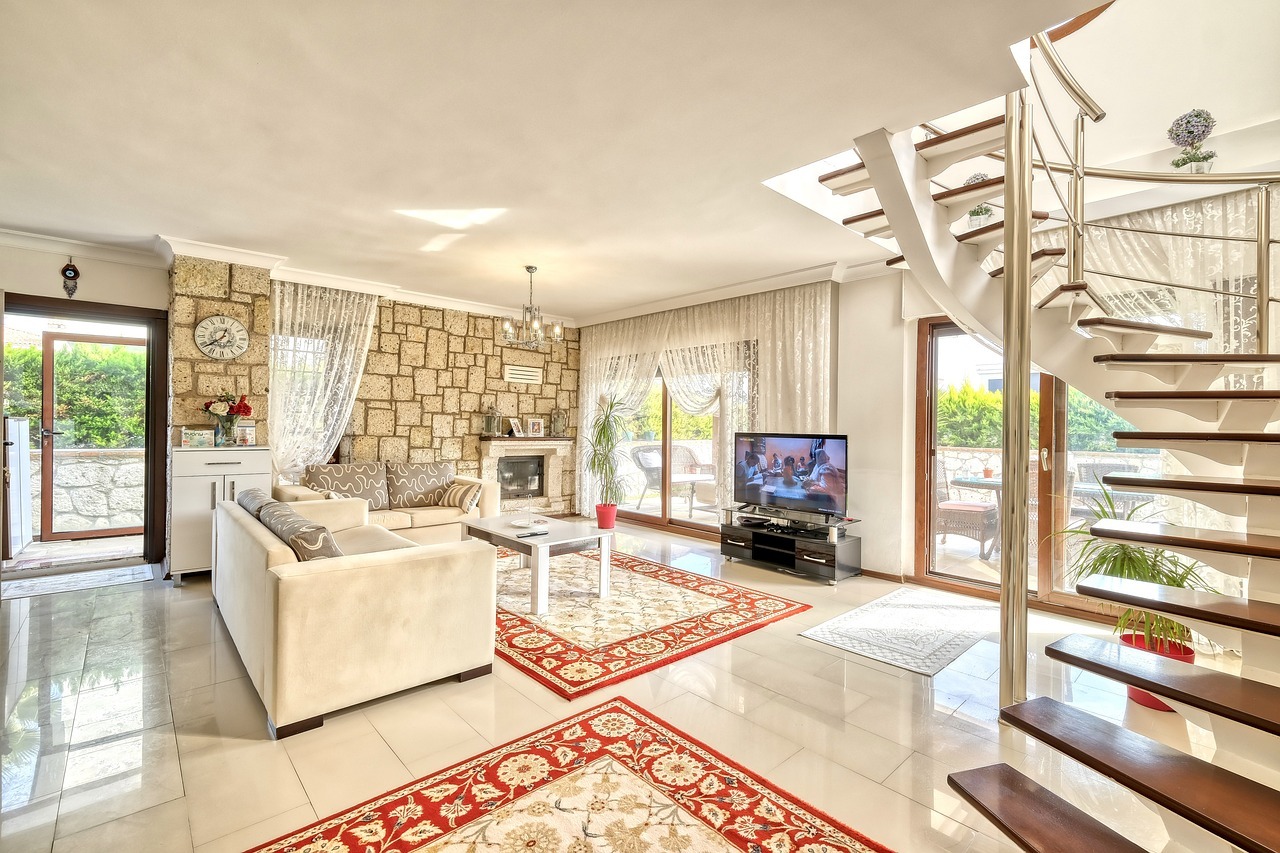Blending function and aesthetics in interior design is essential for creating spaces that are not only visually appealing but also practical and comfortable. A well-designed home should reflect your style, while also catering to your everyday needs. It’s about striking a balance between form (how things look) and function (how things work). When these two aspects are considered in conjunction, spaces can be transformed into something beautiful that also serves a specific purpose, enhancing the overall living experience. This harmony of design and utility is the cornerstone of effective interior design.
In this article, we’ll cover the basics of how to combine aesthetics and function in your home’s interior design. We’ll look at different elements such as furniture, lighting, colors, and more, and explore how you can apply them to create a space that suits both your style and lifestyle.
Understanding the Elements of Design
Before you start planning your interior design, it’s important to understand the different elements that go into creating a space. These elements include furniture, lighting, colors and textures, flooring, art, and accessories. Each one plays an important role in achieving both aesthetic and functional goals.
Furniture
Furniture is essential for any room, as it serves both an aesthetic and functional purpose. It provides structure to the space, including seating arrangements that are comfortable and conducive to socializing or working. It also helps define the overall look of a room. For example, sectionals from Salt Lake City can provide a modern and stylish centerpiece while still providing plenty of seating for family and guests.
Lighting
Lighting is another important element that can be used to create a warm and inviting atmosphere. Natural lighting from windows or skylights can make a room feel open and airy, while lamps and overhead fixtures are great for creating an ambient mood or highlighting focal points of the room.
Colors & Textures
Color and texture play a huge role in interior design, as they can be used to create a specific atmosphere or mood. Depending on your preferences, you might choose warm colors that evoke feelings of coziness and comfort, or cool colors that lend an airy feeling to the space. You can also use texture to add visual interest and depth to any room.
Flooring
The type of flooring you choose for your home can have a major impact on the overall look and feel. Hardwood floors are great for creating a natural, inviting atmosphere in any room, while carpets or stone tiles bring visual appeal and warmth.
Art & Accessories
Artwork and accessories are essential for adding your style to any room. Everything from paintings and sculptures to rugs, throw pillows, and knickknacks can be used to express your unique sense of style while also making a space more inviting. Make sure you hire licensed, insured and bonded painters for your interior design projects.
Merging Aesthetic and Function
Now that you understand the different elements of interior design, it’s time to think about how they can be used together to create a visually pleasing yet practical space. Here are some tips for merging aesthetics and function in your home:
- Start with a plan. Before making any decisions, brainstorm what type of atmosphere you want to create in each room, and create a list of goals for both aesthetic and functional needs.
- Choose furniture that is comfortable as well as stylish. Think about how you will use the space – do you need extra seating for entertaining guests, or are you looking for something more tailored to your daily routines?
- Incorporate light and colors strategically. Natural light is great for making a space feel larger and more inviting, while bright colors can be used to create a cheerful atmosphere or to draw attention to certain areas.
- Consider the kind of flooring that suits your needs. If you have pets or young children, carpets may be a better choice than hardwood floors, as they are easier to clean and maintain.
- Don’t be afraid to inject some personality into the design. Accessories are great for adding character and depth to any space, so don’t be afraid to go bold with color or pattern.
By considering both aesthetic and functional needs when designing a room, you can create an inviting and practical living space that reflects your style. A well-designed home should be both beautiful and functional, so don’t be afraid to experiment with different elements until you find a combination that works for your lifestyle. With the right design techniques, you can combine form and function to create an interior that will make your house feel like a true home.

